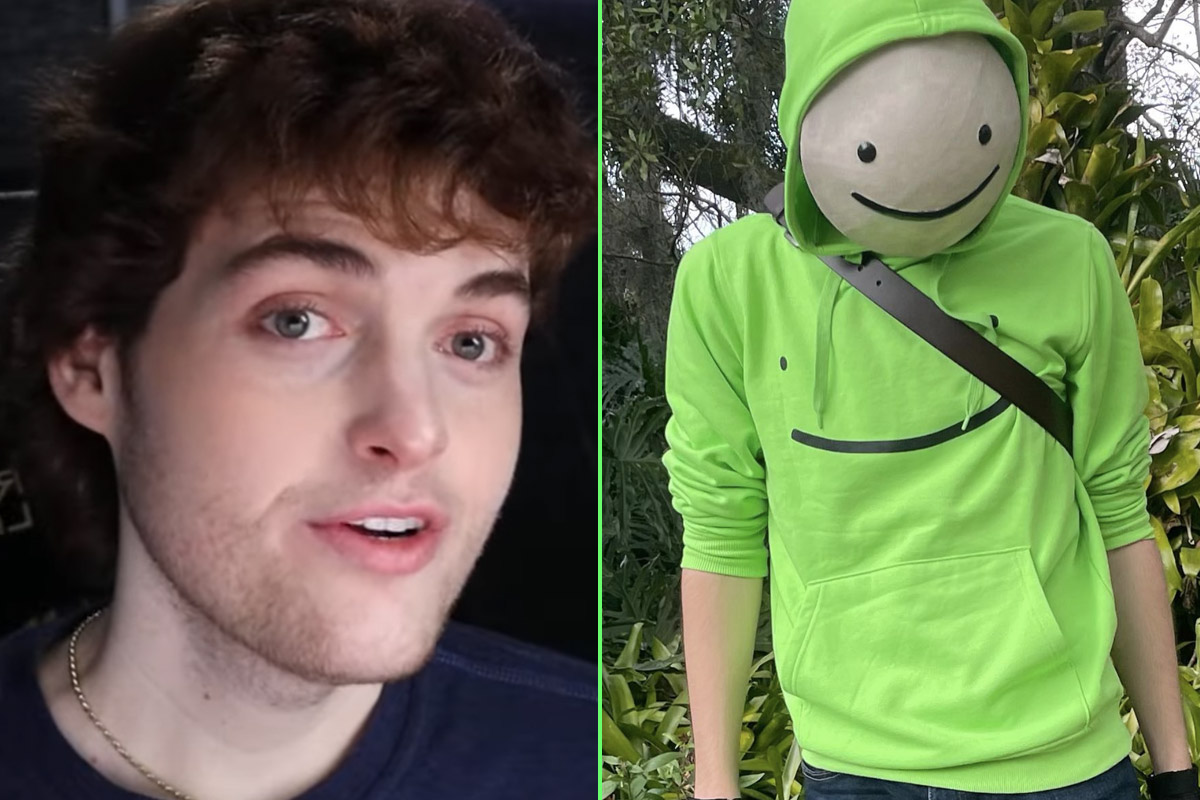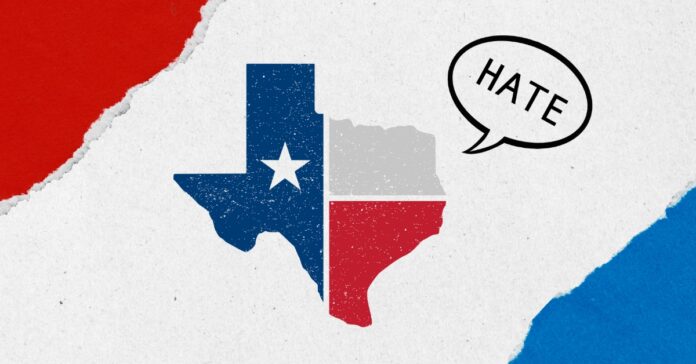
Dream, a popular Minecraft streamer and Twitch personality who, until recently, wished to remain anonymous using a plain white smiley mask to portray himself online, has revealed his face in a now-viral YouTube video.
Launching his YouTube channel in 2014, the 23-year-old content creator had spent over eight years behind a cartoonish white smiley face doodle, with viewers only being able to hear his voice. As of today, 3 October 2022, they have a face to go with it. Dream (real name ‘Clay’) told his fans in the video that he had felt “bunkered up”—and with his friend and fellow creator GeorgeNotFound moving from the UK to Florida, US, he thought it was time to finally show himself.
Now, the concept of anonymous influencers is nothing new. For years, internet stars have been creating content minus a face cam, with some even using artwork and poetry of themselves instead. A popular trend on these terms include VTubers, virtual YouTubers who use a digital avatar usually modelled after their physical forms—in turn, transforming them into anime characters.
But why do internet creators choose to do this? With so many seeking fame and fortune online, you’d think they would want every bit of exposure they could get. But as with most things in life, it’s not that simple.
The idea of being completely anonymous online is something that seems almost unobtainable these days. With so much personal information being made available on there—through both legal means and not so legal ones—it’s almost impossible for netizens to not find something about you with just a few clicks. Simply put, it’s hard to stay anonymous and nurture a fanbase who are constantly curious about your looks in a digital age.
For people who decide to become faceless creators, however, this is something that they try their level best to achieve. In an interview with SCREENSHOT, CEO and president of the influencer management agency A-List Me, David Gosselin said: “Being a ‘faceless’ influencer isn’t a new concept but it is still something that we don’t see often.”
“We typically see influencers connecting with their followers by being relatable and showing their everyday life but ‘faceless’ influencers connect in a totally different way by being mysterious and intriguing their followers with the unknown,” Gosselin added.
This ‘need’ to stay anonymous could stem from many things. For some creators, it’s a security measure, which makes sense given how intense some fans can be—I mean, just look at how some people treat fellow faceless influencer Corpse Husband. For others, it could simply be that they are too shy to show themselves online, yet still want to make content, and the persona that they step into gives them the confidence to do so.
On the other hand, being anonymous online can give rise to some pretty nefarious practices. From internet trolls—some of whom are even paid to stir trouble—to just general hate, the idea of being able to get away with something you wouldn’t normally be able to if your identity was well-known is a huge draw to some influencers.
In the world of faceless creators, this type of draw can be disastrous. Look no further than disgraced YouTuber Cryaotic (Cry). Similar to Corpse Husband in that he was known for his sultry voice, the former star would often read horror stories on his YouTube channel, as well as play games with internet icons such as Pewdiepie and CinnamonToastKen.
Like Dream, Cry used only a simple cartoon face as his online persona, and after seven years of staying incognito, he eventually did a face reveal too. But in June 2020, allegations surfaced that Cry had groomed underage fans who he was recruiting to have romantic relationships with once they were of legal age.
As you can imagine, this was a huge blow for the creator, who, after addressing the issue, disappeared from the internet all together. Due to his former anonymity, he had the same mystery surrounding him as Dream did and Corpse Husband continues to do, and it was this that made him feel like he could get away with his actions.
The power of anonymity can be seen in the way trolls act before and after they are caught. If no one knows anything about you, you can’t be touched. As soon as your information is out there, it’s game over.
As the trend of faceless creators grows, it seems like this might be the new norm, as influencer and marketing strategist for gaming and esports at Upfluence, Alex Curry, previously discussed with SCREENSHOT: “During the early years of digital content creation, especially within esports, a plethora of gaming content creators opted out of the traditional ‘on-screen’ appearance and instead chose to let their gameplay or creative voice-over narrations speak to their audience.”
Since then, basing your identity in the content that you specialise in has become the new phase of influencer culture.
“We are witnessing a shift where less is more and seeing higher engagement rates in this landscape too,” Curry continued. “Not being able to constantly know the whereabouts of your favourite influencer keeps audiences guessing as to the next piece of content that will be revealed.” This norm also translates into a positive impact on creators who are faced with the constant pressure to deliver content to their massive audiences. “Influencers are now able to take frequent breaks instead of generating content at such a large volume which eventually leads to burnout,” the expert added.
For Dream, hopefully the Minecraft YouTuber doesn’t decide to scroll through his Twitter timeline anytime soon. Just saying.
the duality of the dream face reveal #dreamfacereveal pic.twitter.com/1KQLuNnqgJ
— spooky emily (@unpopularemi) October 3, 2022
society if dream put the mask back on #dreamfacereveal pic.twitter.com/8Fg5H0gn0c
— vio (@rhombussys) October 3, 2022
corpse husband watching Dream gettin DEVOURED on the timeline #dreamfacereveal pic.twitter.com/PFfHhXbzq2
— kuro president! (@kurostill) October 3, 2022







